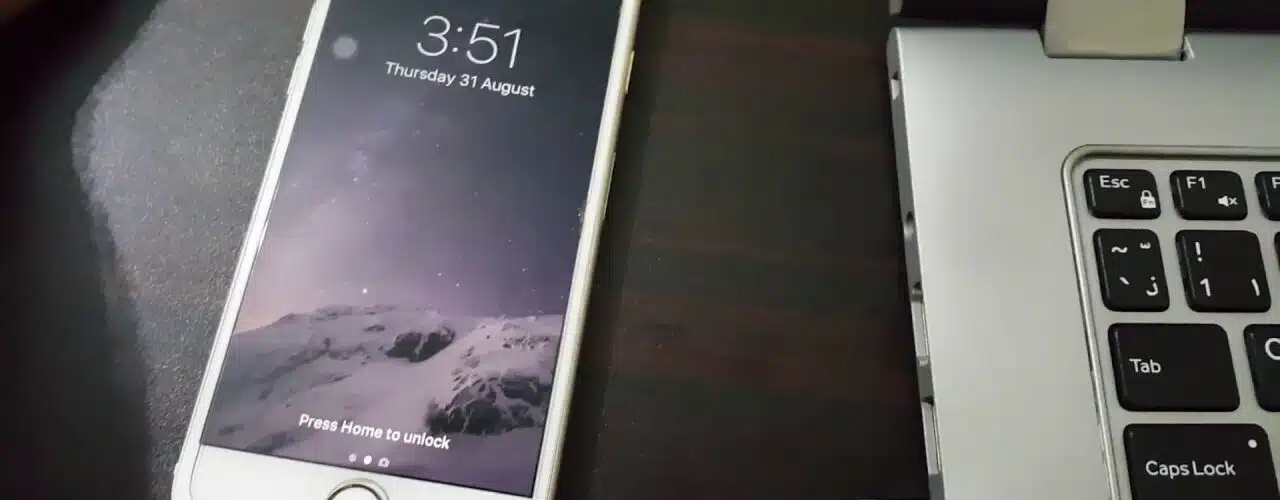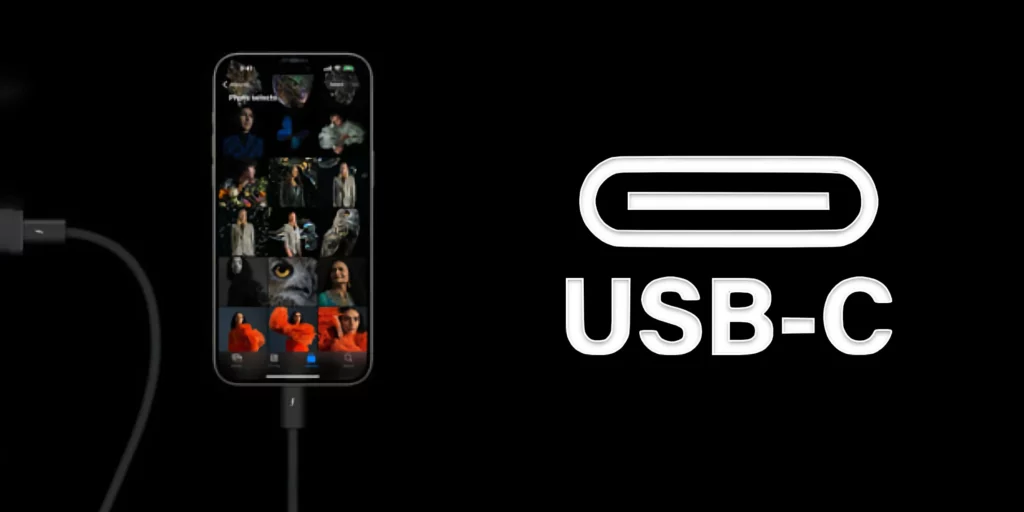Table of Contents
How to Connect iPhone to Windows PC With USB?
How To Connect iPhone To Windows PC With USB? If you’re looking to connect your iPhone to a Windows PC, there are several different ways to do so. This article will cover the various methods for transferring and accessing your iPhone’s files on your computer.
You can use a USB cable to physically connect your device to the laptop, or you can use a third-party app or service like AirDrop or iTunes to wirelessly transfer files between the devices.
1. Use a USB Cable:
The best way to connect an iPhone to a Windows PC is to use a USB cable. This allows you to transfer files, sync content, and create backups. This method also gives you full access to your device’s contents on your computer. You can access your files using a file explorer or Finder, depending on your operating system.
Make sure that you have a genuine Apple USB cable, and that it is compatible with your computer’s port. You will also need to update your computer’s operating system and iTunes to the latest versions. Finally, you should disable any security software that might prevent the connection from working properly.
Once the connection is complete, you will see your iPhone appear in Finder or iTunes. If you receive an unknown error or a 0xE error, follow the steps in this article to resolve the issue.
You can also connect your iPhone to a computer by using WiFi. This is a more convenient method and doesn’t require a physical connection. To do this, you must have a computer running Windows XP SP2 or later, Vista, or Windows 7, or Mac OS 10.4.11 or later with WiFi. You will also need an active Internet connection. Once you have these requirements, you can begin connecting your iPhone to a Windows computer. This method can be used to transfer music, videos, movies, and photos from your iPhone to your computer.
2. Install iTunes:
If you have a Windows PC, you can install iTunes using the Microsoft Store or Apple’s website. The process is fairly straightforward and either way, it will accomplish the same thing: installing iTunes alongside other background applications that help your computer communicate with iOS devices.
Once the installation is complete, you can launch iTunes and connect your iPhone to the computer. You may see a prompt asking you to unlock your device and trust the computer. If so, follow the on-screen instructions to allow this. Once the connection is complete, you should be able to transfer files between your devices.
The most common method for connecting an iPhone to a Windows PC is by using iTunes. While this is an effective and simple solution, it does have some drawbacks. For one, it can take a while to sync large amounts of data, and it’s also easy to lose data in the process. For these reasons, many users prefer to use an alternative to iTunes to back up their phones.
A good example of such an application is Cocosenor iPhone Backup Tuner, which can effectively back your device’s music, photos, contacts, and more. It offers a flexible backup option that allows you to choose which files you want to backup and where to save them. It’s also possible to customize the destination folder.
3. Connect Your Device to a Power Supply:
If you’re using a USB hub, docking station, or other third-party device to charge your iPhone, make sure the power source is compliant with Apple and international and regional safety standards. See “Charging” in Important safety information for iPhone for more details.
You can also connect your iPhone to a computer via Wi-Fi for seamless syncing and backing up. Make sure you have a Wi-Fi connection and the latest version of iTunes, and that the Personal Hotspot on your iPhone is turned on. To do this, go to Settings on your iPhone, then tap Personal Hotspot. Enter a password, if prompted, and follow the on-screen instructions.
To connect your iPhone to a PC, plug the cable that came with your iPhone into a USB port on your computer. It’s a light gray cable with one end that has a lightning connector and the other end that fits into your iPhone. If you use a Mac, you need a USB-A to USB-C cable.
If you’re using iTunes, select the Summary tab, then click “Back Up Now.” To do this over Wi-Fi, go to the Summary tab in iTunes and turn on Sync with this iPhone over Wi-Fi. To do this, choose Music, Movies, TV Shows, or Photos, select the items you want to sync, and then click Sync.
4. Restart Your Device:
Using a USB cable is the most common way to connect an iPhone to a Windows computer. However, this method is limited in what you can transfer. It’s also not as convenient as using third-party software or iCloud. For a more comprehensive and flexible connection between the two devices, it’s best to use a wireless option like Bluetooth or iCloud.
If you’re having trouble connecting your iPhone to a Windows PC, the problem could be caused by a hardware or software issue. If you suspect that the problem is due to an error in the system, try restarting your computer. This will clear up any problems that may be preventing the device from connecting to your PC.
Another common reason why your device might not be connecting to your computer is if something is blocking the USB port. This can be caused by dust or debris that has gotten stuck in the USB connector. To fix this, you’ll need to shut down your computer, disconnect the USB cable, and check the connector for any obstructions. If you find any, gently remove them with a toothpick or blow them out.
There are several ways to connect an iPhone to a Windows PC, depending on the type of content you’re trying to access or transfer. This guide has provided you with 8 effective tips to solve the problem of your iPhone not connecting to your computer.






Add comment